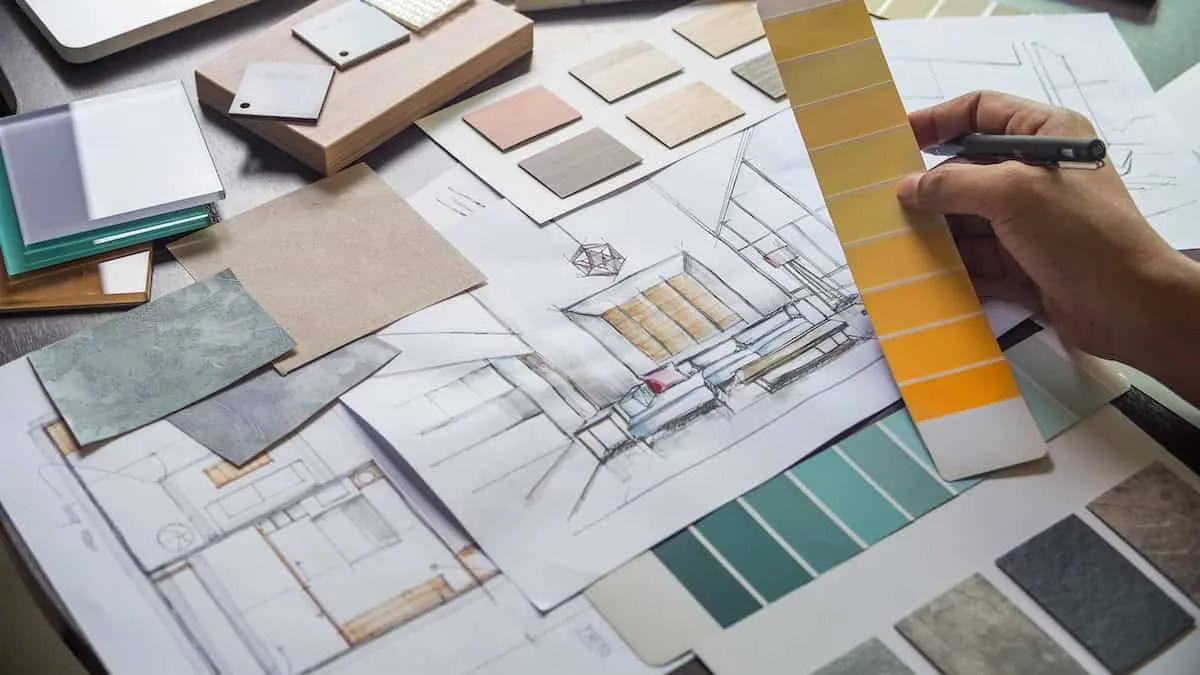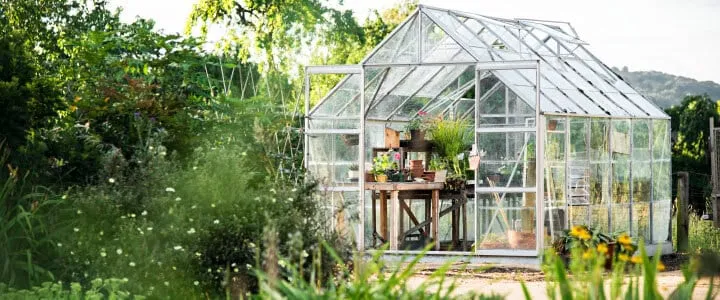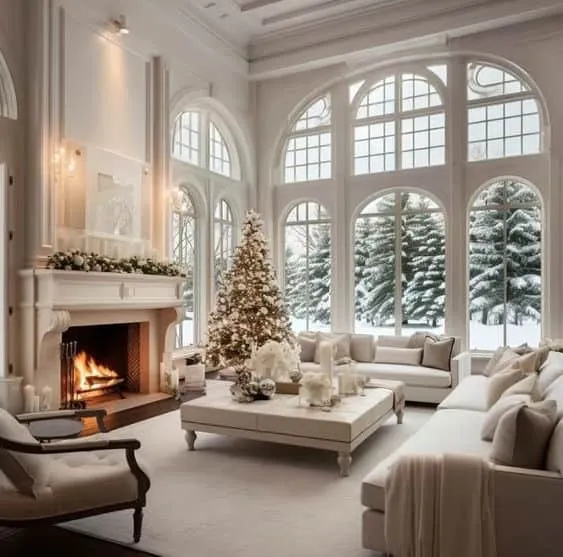There can be your advertisement
300x150
Beginner's Guide to the Fundamentals of Interior Design
Art is very subjective, and although there are no strict rules for its creation, most artists adhere to a certain framework within which they create their masterpieces.
The same applies to home and interior design.
Whether you're a DIY enthusiast or aspiring to a professional career, it's important to follow certain rules so that your space looks beautiful regardless of its size.
Let's look at some basic principles of good interior design.

Decorating Tips for Beginners
From rugs to bright accents, interior design can become overwhelming if you jump into it too quickly. So it's best to start with the basic principles listed below:
Balance
Balance is defined by the distribution of colors, textures, forms and patterns in a room.
There are three types of balance: formal, informal and radial.
Formal balance helps create symmetry between design elements by repeating them throughout the space. In contrast, informal balance creates a balanced look without repetition. Weights match but details differ.
Finally, to create radial balance, you need a central focal point that draws the eye as soon as someone enters your space.
Rhythm
Rhythm is the art of creating repetitions in space to guide the eye through a room. This can be achieved by placing similar colors and patterns at regular intervals.
This is possible thanks to colors that work well together and reflect the rhythm of your paintings, rugs and sofa upholstery.
Harmony
Harmony in design helps create a peaceful atmosphere. You can achieve this by carefully selecting various elements of the room so that they harmonize with each other and form a unified look.
Using a standard color in design creates harmony because the patterns or shapes you use follow a similar scheme.
Emphasis
It's also good to have one dominant piece in a room, so other design elements play supporting roles. It serves as an anchor that breaks the monotony of a room.
However, there should be only one main emphasis in a room; it could be a large painting or bulky furniture. But if there are too many, the space may look cluttered and unappealing. Remember that less is more when it comes to room decoration.
Common Problems for Beginners and DIY Designers
First of all, it's important to understand your reasons and motivation for starting a new interior design project. Then scan the room you'll be working with and identify design elements that aren't functioning properly and need to be removed or replaced.
Think about key decorating tactics mentioned above, and choose those that suit you best.
If you're a beginner who wants to experiment with your space, finding suitable materials and items in the market can be difficult if your idea is too unique. This may even lead to dissatisfaction if the experiment fails.
Budget is also a constraint. Modern architecture and decor require expensive accessories and luxurious detailing that can't be implemented within a limited budget. A larger budget gives freedom to experiment and realize ideas.
Tips That Will Help You Get Started
You can be full of energy and ideas when you reach this point. So don't get carried away and consider the following tips before beginning.
Conclusion
Whether you're creating a workspace, home or restaurant, stacked stones can add class to your walls and embellish the details of your columns, pillars and walls.
Stacked stones and bricks make the entire process of designing your space incredibly enjoyable, as they require a bit more resources and creativity to decorate.
More articles:
 7 Things to Include in an Open Kitchen Table
7 Things to Include in an Open Kitchen Table 7 Tips for Creating an Eco-Friendly Garden: A Guide to Green Hands
7 Tips for Creating an Eco-Friendly Garden: A Guide to Green Hands 7 Tips for Maximizing Roof Lifespan
7 Tips for Maximizing Roof Lifespan 7 Types of Intelligent Surfaces for Your Next Construction Project
7 Types of Intelligent Surfaces for Your Next Construction Project 7 Types of Outdoor Faucets to Consider When Updating Your Garden
7 Types of Outdoor Faucets to Consider When Updating Your Garden 7 Types of Equipment Used in Civil Construction
7 Types of Equipment Used in Civil Construction 7 Unforgettable Architectural Landmarks of the Philippines
7 Unforgettable Architectural Landmarks of the Philippines 7 Unique Interior Design Tricks for Creating a Luxurious Look
7 Unique Interior Design Tricks for Creating a Luxurious Look